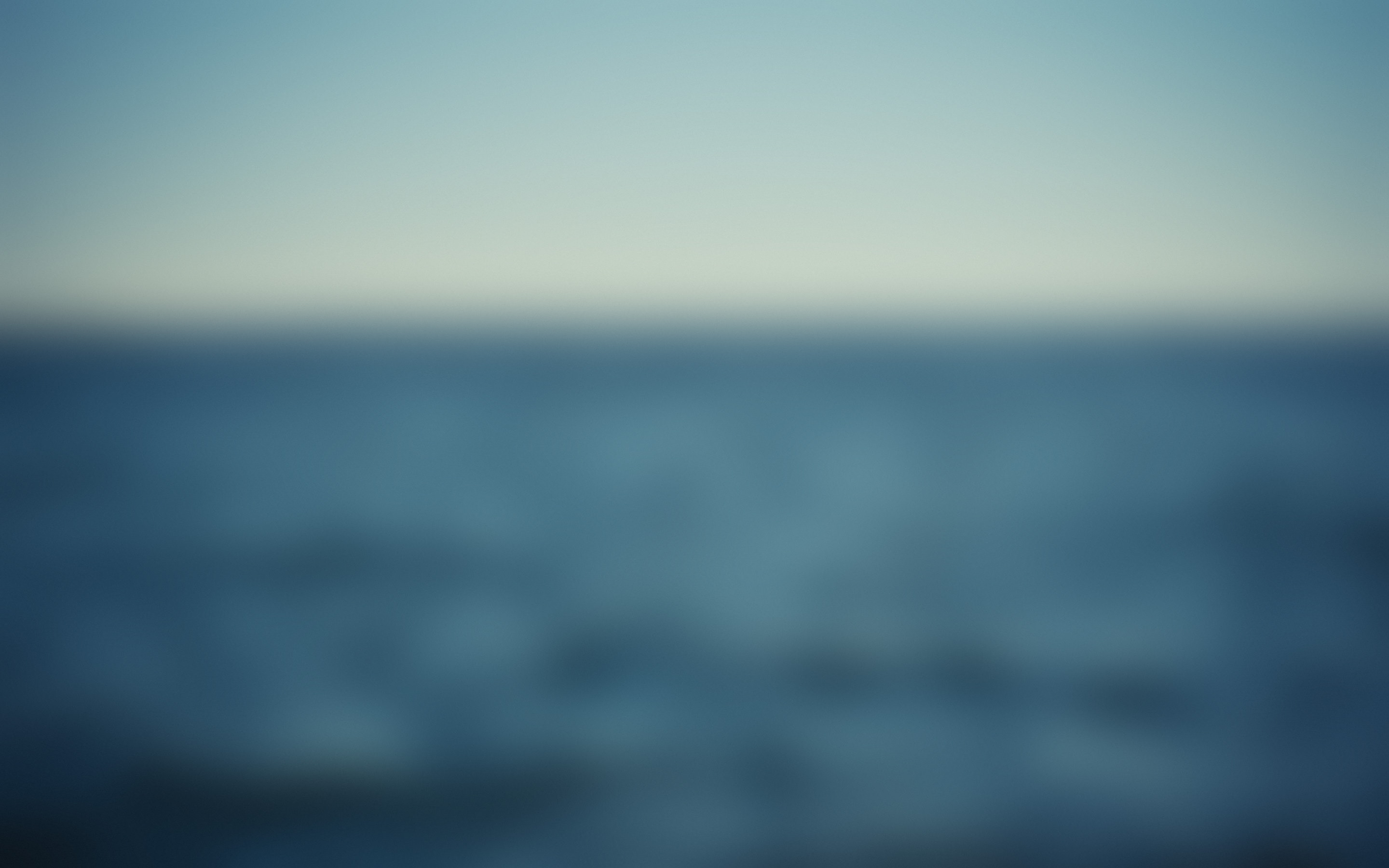OKB-1 Podberesja (USSR)
Since April 1946 the transfer of the remaining German aviation industry in the Soviet Occupation Zone to Russia was discussed by the Soviet Government. Several locations in Russia were intended as a pickup location for these remaining German factories. One of these locations was the former seaplane factory at Podberesja 100km North of Moscow. During WWII the former Factory No. 458 of Tschetwerikow produced seaplanes here, but in 1946 this factory was moved to Leningrad. The newly formed OKB-I at Dessau, as well as the OKB-2 from Halle was moved to the empty facilities of Podberesja since 22nd October 1946 and the Experimental Factory No. 1 with the two OKBs was formed here.
During November 1946 the first engineers and mechanics from Dessau arrived at Podberesja. Director of the new Experimental Factory No.1 became General Abramow, while the assistent chief designer of OKB-1 became the former Junkers manager Brunolf Baade, while Roessing of Siebel Flugzeugwerke headed the smaller OKB-2 offices. A total of 519 people were transfered from Dessau and Halle to Podberesje, of which 325 were engineers and designer and 194 mechanics. Additional 1044 family members of the German aviation experts were also moved to Podberesje. Additional 1500 Russians, mostly of the former Plant No. 458, worked also at the Experimental Factory No. 1.
At the beginning of 1947 intensive repairs of bomb damages were undertaken as well as a lot of modernization works. Equipments and toolings were moved from Dessau and Halle to Podberesje. The complete restoration of the factory, including the built up of Chemical Laboratories and a Wind Channel took until the end of 1947. However, initial design work was started in Spring 1947 already.
In April 1947 the following work programme was launched for Podberesje:
The EF126 was already moved to Podberesje in September 1946. Just twelve flights were performed during 1947 with the EF126-V3 and -V5 at Podberesje. The EF131-V1, which was already sent to Russia in September 1946, needed structural improvements at Podberesje. Therefore the first flight of that aircraft by the Podberesje test pilot Juelge was delayed until 23rd May 1947. The -V2 was finished until mid 1947 as well. The management of the Podberesje Plant was transfered from Abramow to Rebenko in September 1947 due to the delays in the Podberesje programme. In October 1947 the test programme of the EF126 and EF131 was suspended due to intelligence reasons. It took until May 1948 that the EF126 tests were continued at the Moscow airfield of Tjoply Stan. On 21st June 1948 the Ministry of Aviation advised the Podberesje team to stop any further work on the EF131. At the same time also the EF132 developement was stopped by the Ministry Council. Parts for the prototype and a 1:1 mockup had already been built at that time. Finally the EF126 was also cancelled and the EF346 from Siebel was the last original German project, which was continued by OKB-2 at Podberesje.
In Autumn 1948 it was intended to use the Experimental Plant No. 1 for serial production of Russian seaplanes again. The Developement Offices OKB-1 and OKB-2 should have been closed and the German engineers were intended for other facilities. However, the Soviets finally decided to keep the German Design Offices at Podberesje and in October 1948 a new managing director Alexejew was appointed. A new project was launched as the EF140, which was an improved EF131 with newer and more powerfull Russian jet engines. Already in 1947 improved versions with Soviet jet engines were investigated by the OKB-1 of Baade. Now they continued their studies and used one of the EF131 fuselages and equipped this with an AM-TRDK-01 engine. The first flight of the EF140 already took place at Tjoply Stan on 30th September 1948 with test pilot Juegle. Intensive conversions were performed during 1949 on the EF140 for long range reconnaissance missions. The first flight of the EF140R with WK-1 engines and increased wing span was performed by Fjodorow on 12 th Ocotober 1949 at a small airfield near Borki a few kilometers of Podberesje. Aerodynamical problems on the EF140 finally led to the stop of the programme on 18th July 1950.
The final design developement at Podberesje was the EF150 bomber design. The work on that aircraft was already started as RB-2 by Baade in 1948, but in 1950 the developement was started. In 1951 two prototypes were finished at Podberesje, but the Borki airfield was to small for such a large aircraft. Therefore it was dismounted again and moved to a new airfield Luchowitzky 200 km off from Podberesje, where the first flight was performed on 5th October 1952. The flight tests continued until mid 1953, when this last Podberesje project was stopped as well. A further improvement of the EF150 was the EF152, which was mostly designed at Sawjelowo near Podberesje, but the Soviets showed little interest in that design and by 1954 the retransfer of German specialists from Podberesje to Germany was initiated. The EF152 developement was continued by Baade in the German Democratic Republic at VEB Flugzeugbau Dresden during the following years until this first German jet aircraft design was stopped in 1960.
The OKB-2, which was mostly engaged on the DFS346 developement of Siebel was already dissolved in 1952, when the DFS346 developement was stopped and the employees of the OKB-2 were transfered to other Russian sites.
Further Reading at other Sites:
Deutsche Spezialisten in der UdSSR (in German)
Literature:
- Dimitri Alexej Sobolew
Deutsche Spuren in der sowjetischen Luftfahrtgeschichte
Verlag E.S. Mittler GmbH, 2000ISBN No. 3-8132-0675-0, 311 pages
introduced Mar 2004, transfered Dec 2017
http://hugojunkers.bplaced.net/
contents last updated 14 Mar 2004

